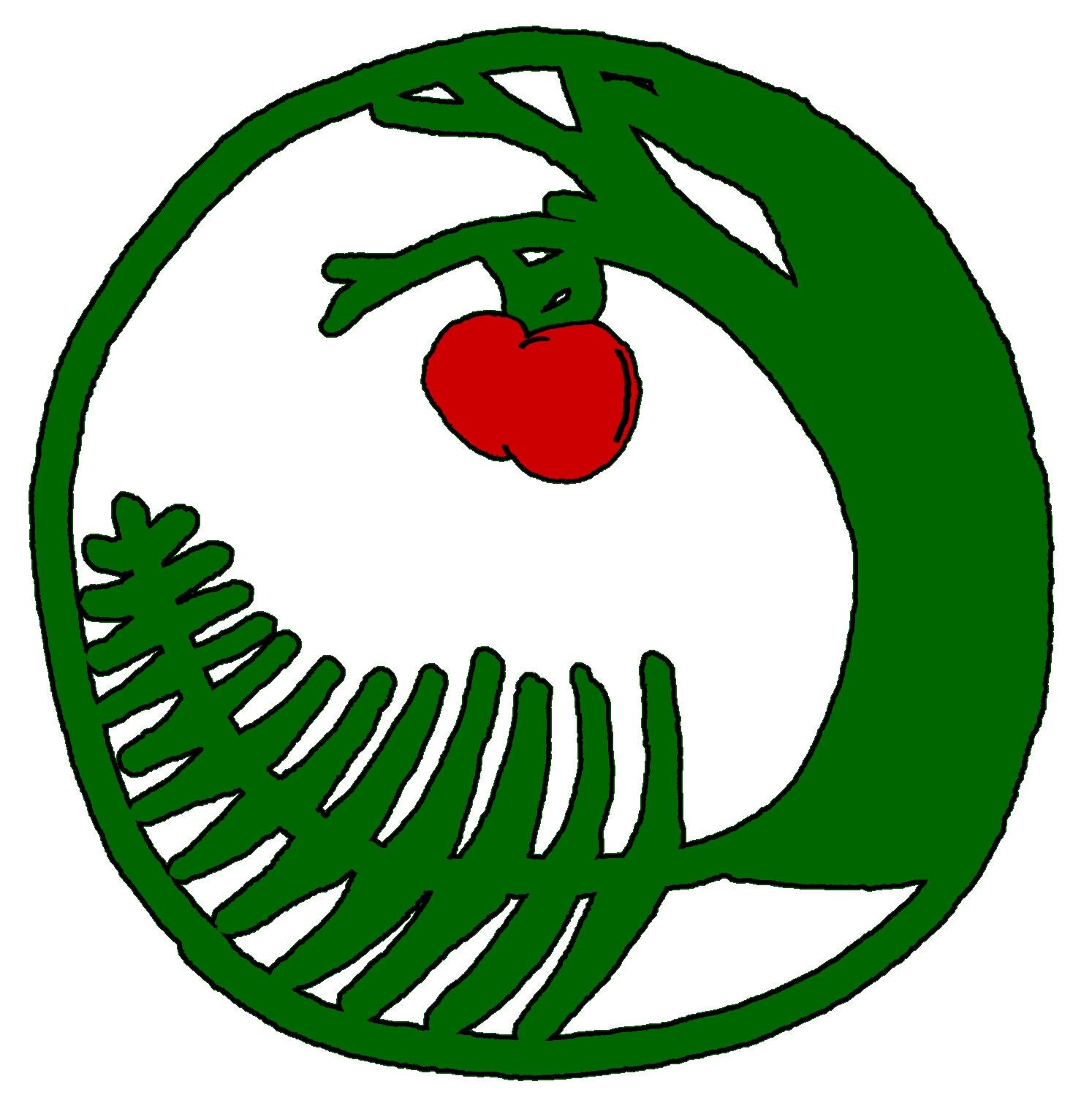Lovage is an excellent addition to a perennial vegetable garden. Bursting forth in spring, this plant can shoot up to six or seven feet tall each year. The aromatic leaves have a flavor similar to... more->
Fern Hill Nursery and Botanical Sanctuary
Edible, medicinal, and native plants for the Pacific Northwest
We spent 13 years building an abundant fruit forest, annual veggie beds, perennial medicinal herbs, and a healthy mixed hardwood-coniferous forest and now we've sold our property to the next stewards so that we can begin a new homesteading project in Vermont closer to our best friends and their kids.
Don't worry - we plan to keep this website up and running so that our customers can reference what we've written about our plants!
We'll let you know once we re-start a farm in Vermont!
Hardy perennial
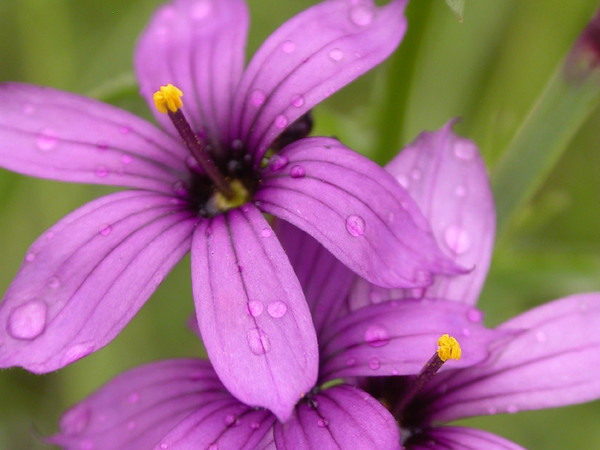
A small but beautiful perennial native wildflower that prefers moist soil and sun, blue eyed grass grows less than a foot tall and makes clusters of small purple flowers in early summer. A great... more->
This native member of the sunflower family spreads quickly in poor soil with very little care and without summer irrigation. It has spreading blue-flowered aster blossoms late in the summer to... more->
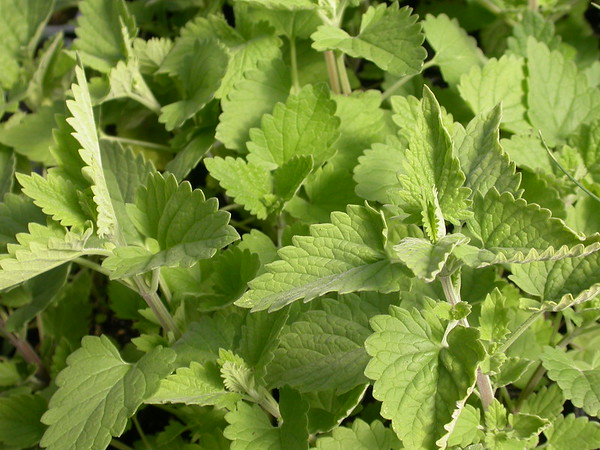
Although most people think first of the way that cats go crazy from the aroma of the flower spikes of catnip, it's also a wonderful herbal medicine. But it has the opposite effect on people - it'... more->
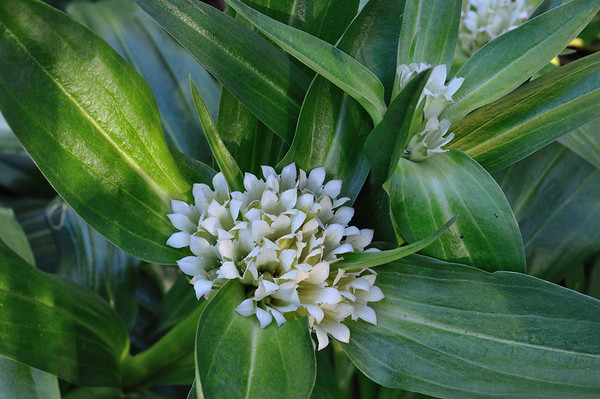
Native to the hills of western China and Tibet, this medicinal perennial likes rich, moist soil and sun. In mid-summer, it grows up to 2 feet tall with showy white blossoms. While so many... more->

A rudbeckia native to Oregon, this wildflower has a unique bloom that resembles Echinacea or Rdbeckia but with no petals. A perennial plant, when grown in full sun and garden soil, flower stalks... more->
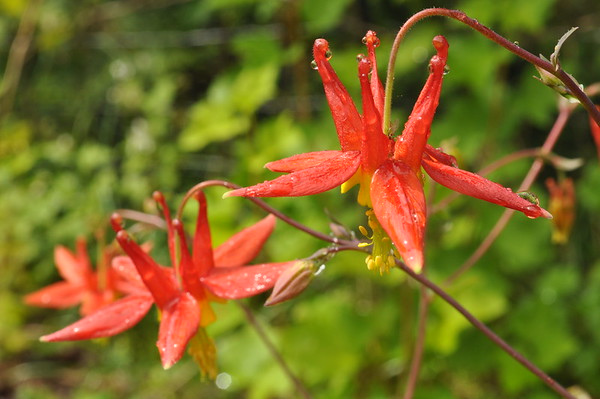
A beautiful wildflower, our native columbine blooms yellow and red. In garden soil and part shade, columbine may grow up to 3 feet tall and wide. Delicate flowers bloom in late spring. Great... more->
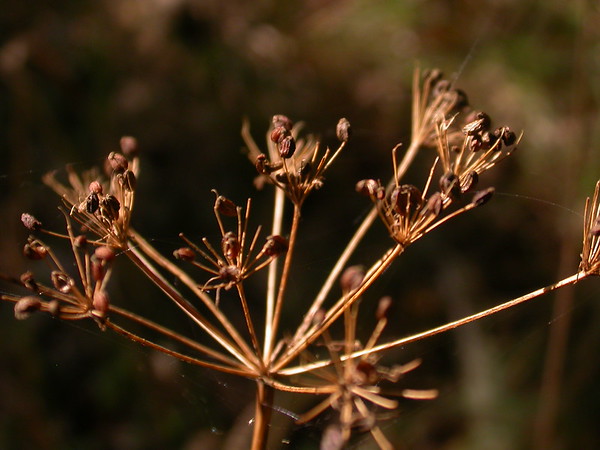
Native oak woodlands and meadows throughout the Pacific Northwest, licorice root, also known as celery-leaved lovage, is an herbaceous perennial in the carrot family. The leaves are edible and can... more->
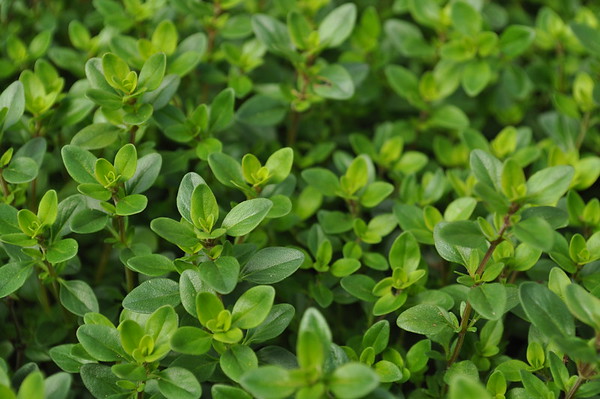
English Tabor thyme has wide leaves that are the most broad, green, and juicy of any thyme we've grown. Whereas other varieties are often quite spicy and pungent, this thyme is mild tasting but... more->
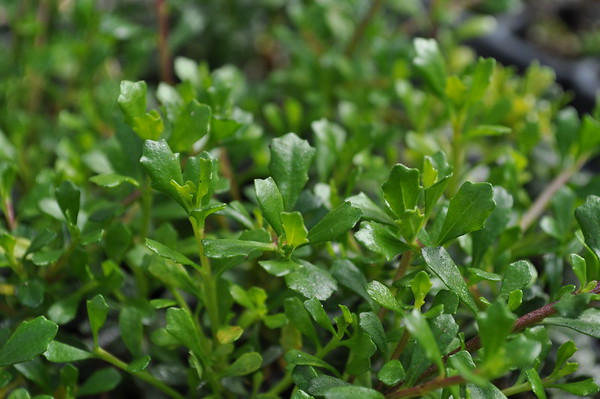
Christmas bush is a great choice for evergreen ground cover on rock walls or slopes or ornamental gardens. The branches are dense and compact, creating a mat of tiny leaves about 6 inches tall... more->
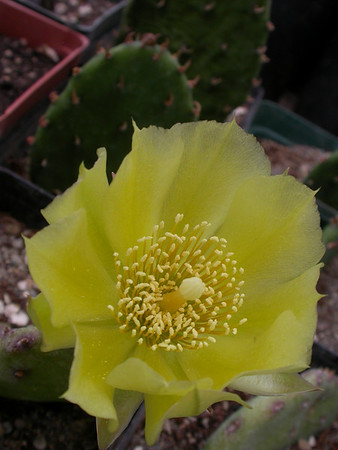
This is a compact variety of prickly pear cactus that has edible green pads with no thick spines and small clusters of tiny hair-like prickles. Unlike prickly pear shrubs, this variety stays... more->

Yarrow is a flowering perennial in the sunflower family. Feathery green basal leaves are present in our climate throughout the year. Taller leaves begin to grow in early spring, and flower stalks... more->
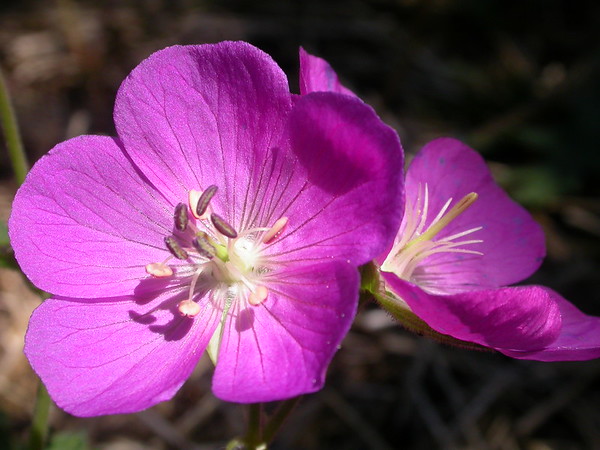
A beautiful perennial native to Oregon, Oregon geranium is very showy. Growing about a foot in height and wide, it has profuse pink blooms in late spring and early summer. It thrives in full sun... more->

We rely on garden sorrel greens in January and February. Before any other outdoor crop is ready to harvest, garden sorrel is up and abundant! You'll be glad you put some sorrel in the ground... more->
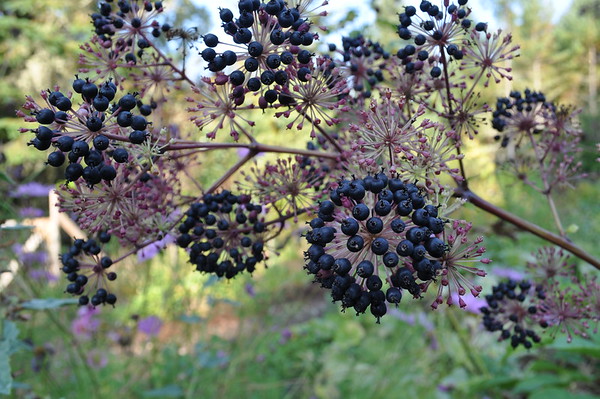
Although some know it as California ginseng, elk clover, or spikenard, I think Oregon ginseng is quite fitting for a plant that inhabits shady, moist seasonal creeks in deep coniferous forests as... more->
Twinflower is a sweet native wildflower less than a foot tall with elegant bell-shaped white and pink flower clusters. It tolerates full shade and grows as a ground cover in woodlands. more->
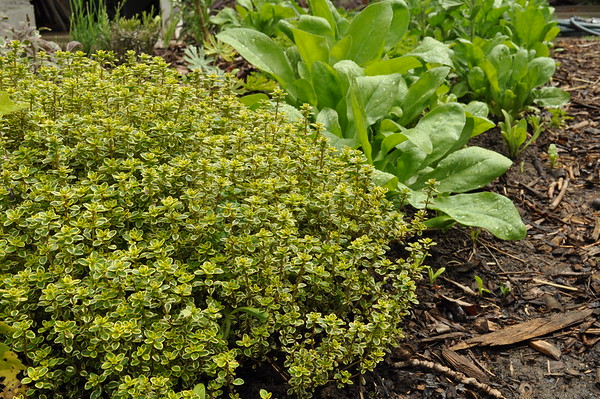
Beautiful, culinary, medicinal - no herb garden is complete without this variegated, lemon scented thyme. The yellow and green leaves give way to pink flowers in summer. This thyme forms a short... more->

A perennial in the pea family, false indigo sends up 3-foot tall inflorescences with breathtaking deep blue pea flowers. Though not as good as true indigo, a blue dye can be made from the leaves... more->
Compact oregano has a great flavor! Low growing and spreading, it makes a great ground cover underneath taller herbs. Flowers are bright pink and usually bloom in mid summer. We have found this... more->

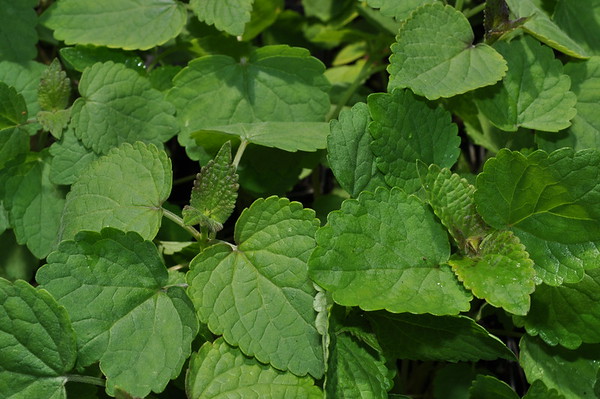
A great addition to any perennial garden, anise hyssop is a beautiful summer blooming perennial with edible leaves and flowers. The leaves, when steeped fresh or dried, make a refreshing minty... more->
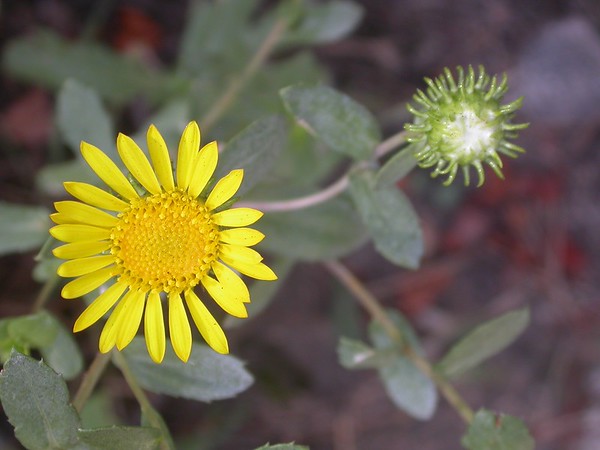
This native perennial in the sunflower family grows into a small shrub each season, bearing yellow flowers covered in sticky white resin. It thrives in sunny spots with moisture and tolerates... more->

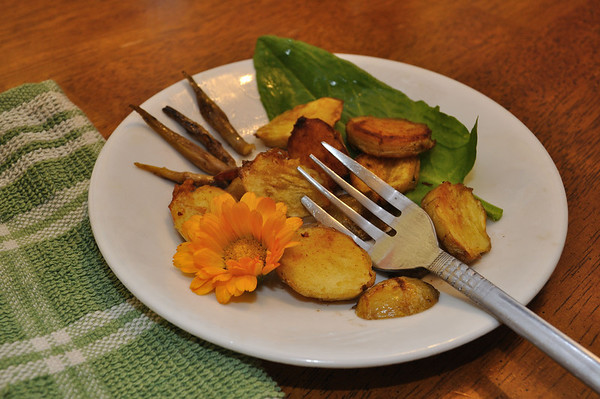
Wapato is a perennial plant that is native throughout North America. Historically, it was a staple food crop for people wherever it grew and continues to be a popular native food plant. Tubers... more->
A broad leaf evergreen ground cover, kinnikinnick is very hardy. It thrives in partial shade and will spread along the ground or grow along a slope, providing some erosion control. Drought... more->
Native to dry, brushy and forested hill slopes in northern California and southern Oregon, this is the largest species of biscuitroot that we grow. I've seen it up to 4 feet tall and several feet... more->
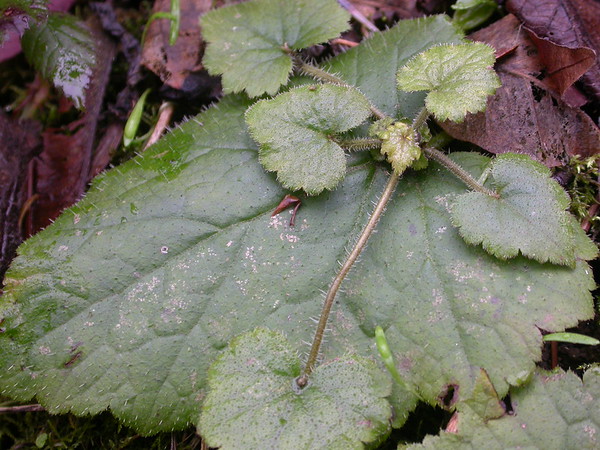
Pig-a-back plant is a trailing perennial ground cover native west of the Cascades that prefers moist forests and shady stream sides where soil is moist throughout the year. It blooms in late... more->


This leopard lily has now had its botanical name changed to Iris domestica. This is somewhat more accurate as it is an iris, not a lily. Leaves look like gladiolus and grow just over a... more->
This aromatic and savory variety of oregano is native to the Middle East where it grows in abundance on the rocky hillsides. It's leaves are covered in fine grey hairs that help it conserve water... more->
Native to moist and sunny meadows and slopes of the Pacific Northwest, this perennial herb makes a fine garden specimen. Bees and butterflies flock to its showy purple flower spikes held above... more->
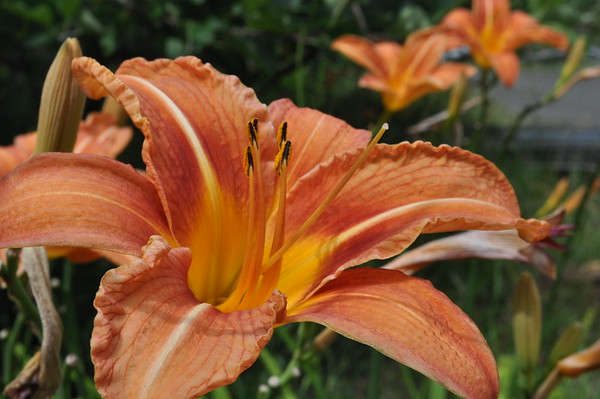
This is the orange flowered variety of daylily. So pretty in the garden or on a plate! more->
No herb garden is complete without this fragrant and savory leaf to add to pasta sauce, soup stock and more. Sage also produces beautiful and edible pink flowers that attract pollinators.... more->
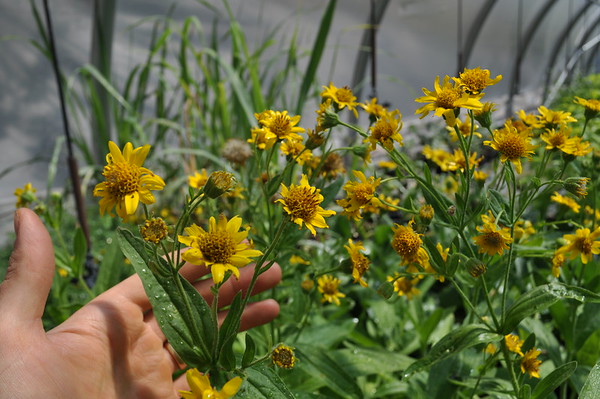
This arnica is native to western North America and is as potent as Arnica montana. It is a low growing, slowly spreading herbaceous perennial that prefers full sun to part shade and... more->
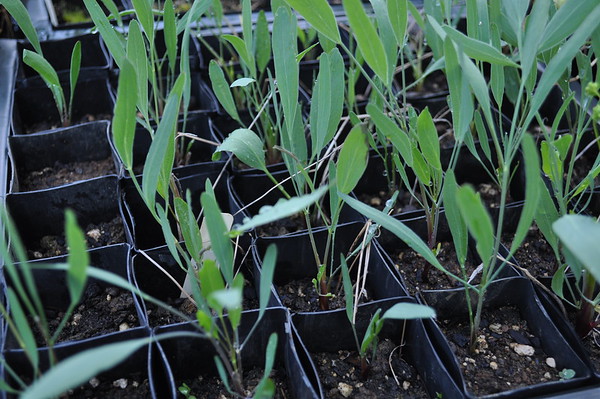
I really like the parsley-like taste of this edible perennial in the carrot family. Another common name is pestle-parsley. It's also native to wet meadows and well-drained hillsides in the... more->
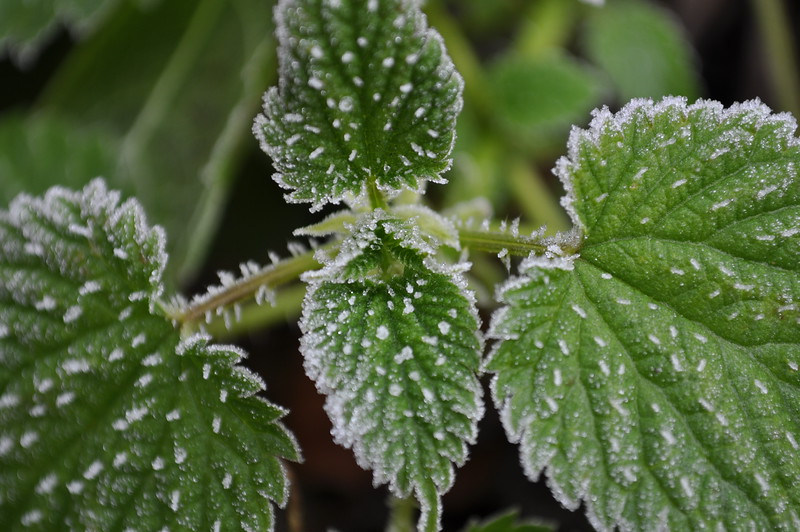
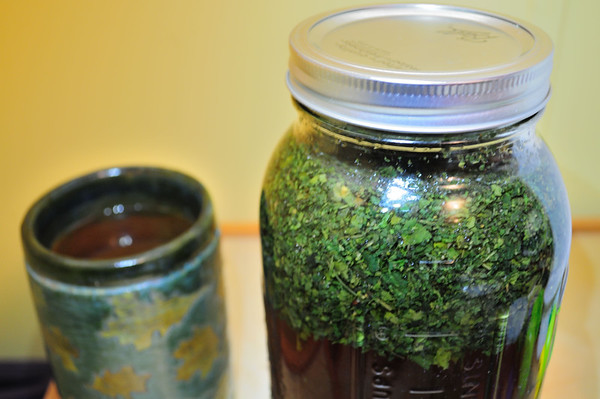
Stinging nettle is an herbaceous plant that grows in wet soil, often along river beds and stream sides. It spreads below ground by rhizomes but will not spread where it gets dry. Nettles are an... more->


Like other non-heading collard greens, this sturdy and cold-hardy vegetable produces large smooth, oval-shaped leaves that are really nice to harvest in fall, winter, and spring. It then grows... more->
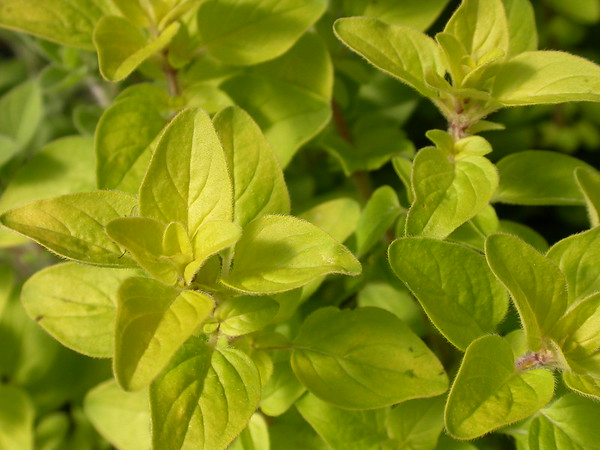
This low-growing oregano has beautiful golden leaves and a nice aromatic flavor for cooking. It prefers full sun, and loses its color in part shade. more->
